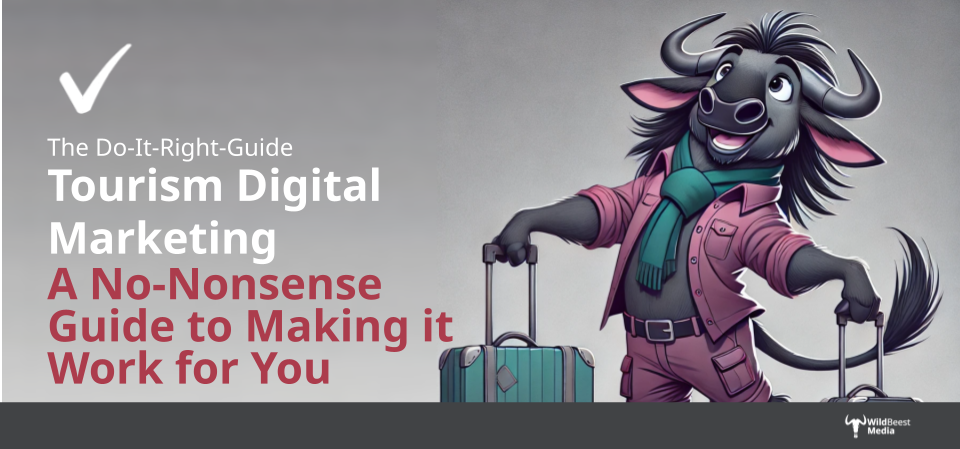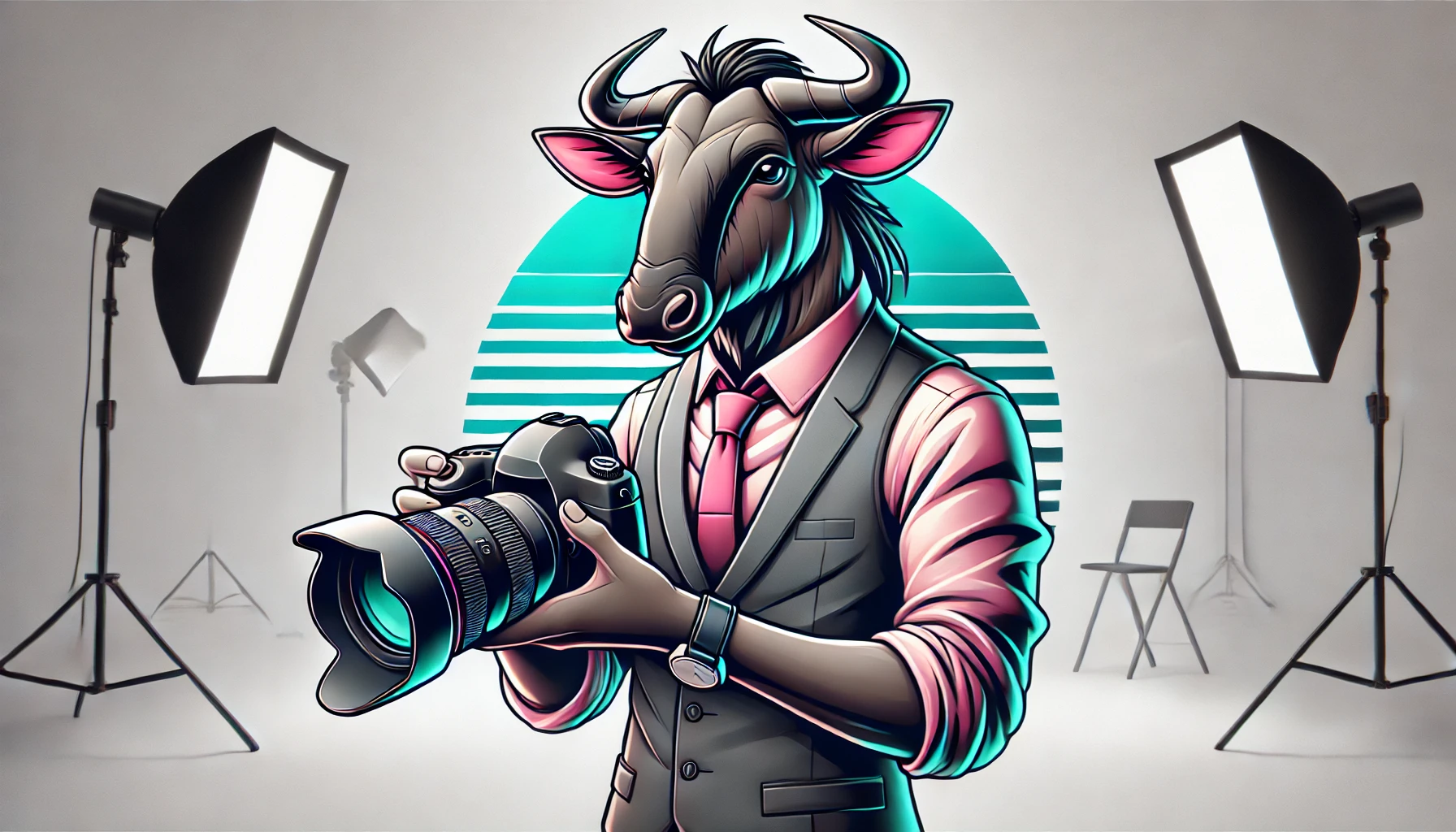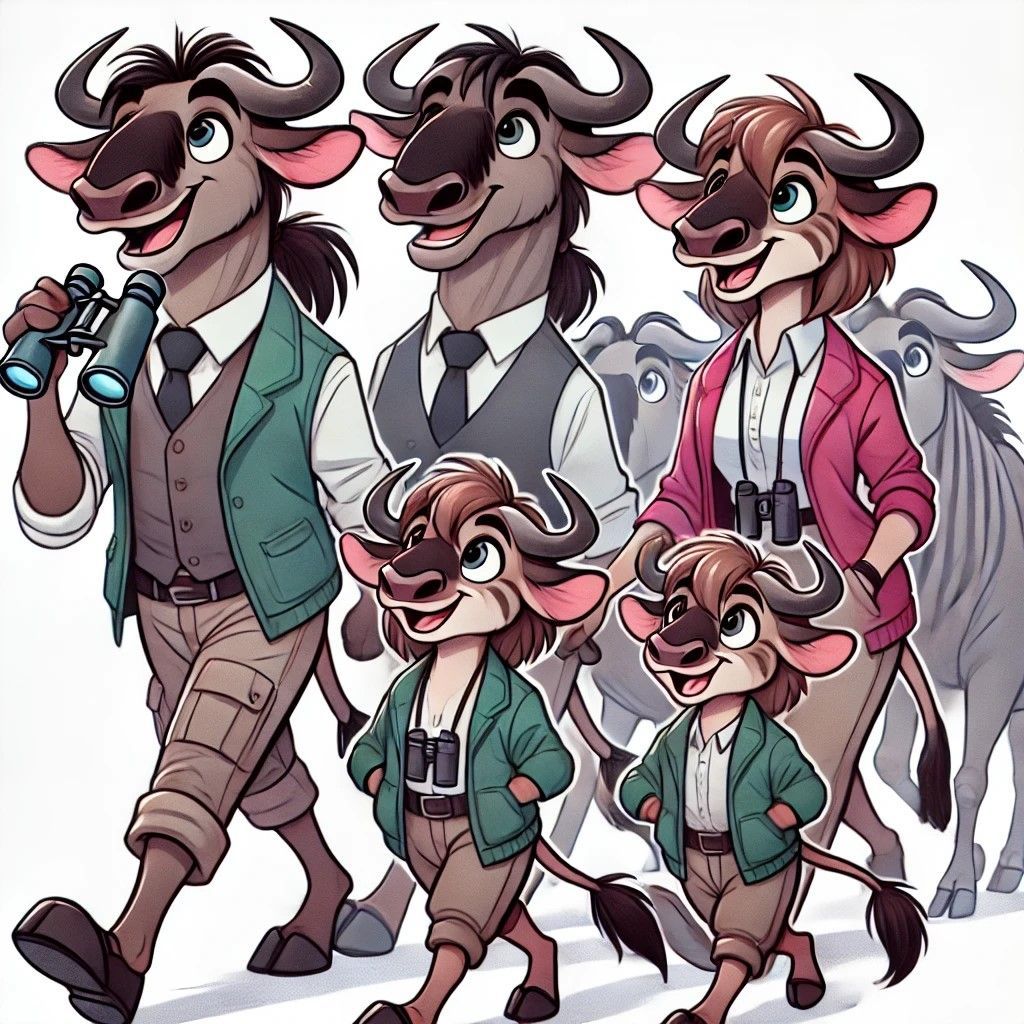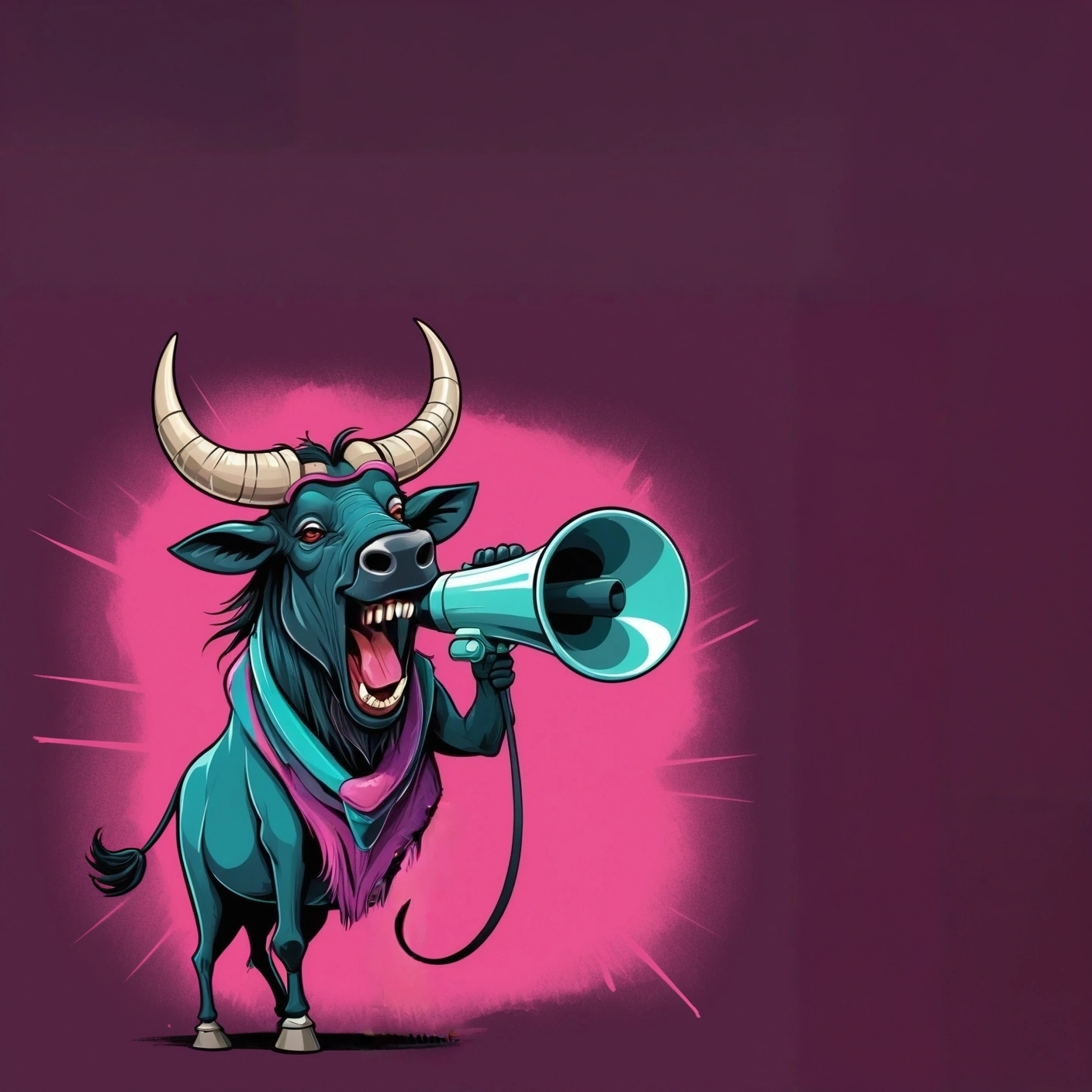Struggling with Digital Marketing for your Tourism Business?
Tourism Digital Marketing
If you're in the tourism business and not doing digital marketing, you're basically sending an email to the internet that says, "Hey, ignore me." Tourism digital marketing is essential, and here’s why: it’s everything you do online to pull customers in and keep them engaged, from your website to email newsletters, social media, videos, and digital ads. Let’s break it down so you can get to work on building an effective tourism digital marketing strategy.

Key Takeaways
- Digital marketing in tourism is non-negotiable if you want to compete in today’s market.
- Use targeted ads, SEO, and content marketing to reach the right audience without wasting resources.
- The 7 types of digital marketing work best when combined for a multi-channel strategy.
- Don’t forget the 5 P’s of tourism marketing to keep your approach comprehensive and customer-focused.
- Leverage digital marketing tools to streamline your efforts and track your results.
A No-Nonsense Guide to Making it Work for You
What is Digital Marketing in Tourism?
Digital marketing is the whole toolkit of online methods you use to promote your tourism business. It's about connecting with potential customers where they already spend their time—online. Here’s the short list of what digital marketing includes:
- Websites: Your digital storefront.
- Email Newsletters: Direct, personal messages right to your customers' inboxes.
- Social Media: Visual storytelling on Instagram, Facebook, TikTok, and more.
- Online Videos: Get their attention with the sights and sounds of your destination.
- Digital Advertising: Paid ads on Google, Facebook, Instagram, etc.
- Search Engine Optimization (SEO): Ranking high on Google so you’re easily found.
In a nutshell, digital marketing is how you make your brand visible and irresistible online. No fluff, just impact.
How Does Digital Marketing Work in Tourism?
Targeted Outreach
Digital marketing isn’t about casting a wide net and hoping for the best. It’s about precision. With SEO, Pay-Per-Click (PPC) advertising, and social media ads, you can laser-focus your marketing efforts to target specific groups. Whether you’re after the backpackers, luxury seekers, or family vacationers, digital marketing lets you:
- Target specific age groups, interests, and demographics.
- Reach people who have already shown an interest in your kind of offer.
- Spend your marketing budget on people who are likely to book.
This targeted approach means you’re not wasting time or money talking to people who aren’t interested. Efficient? Yes. Smart? Definitely.
The Core of Digital Marketing
Digital marketing isn’t just about shouting your brand name. It’s about making connections. It’s also known as online marketing, and it involves every channel that lets you connect with your audience:
- Email and social media for building loyalty.
- Web-based advertising for quick results.
- Text and multimedia messages for a personal touch.
Every interaction builds your brand presence and keeps you top of mind when people start planning their next trip.
The Top 7 Types of Digital Marketing in Tourism
Want to cover all your bases? Here’s a breakdown of the top digital marketing types you should be leveraging:
- Search Engine Optimization (SEO): Boosts your website’s visibility on search engines. Essential for organic traffic.
- Search Engine Marketing (SEM): Paid ads on search engines like Google to quickly get noticed.
- Content Marketing: Creating blogs, videos, and guides to keep people engaged and informed.
- Social Media Marketing: Building a community on social media platforms.
- Affiliate Marketing: Partner with bloggers and influencers who can promote your business.
- Email Marketing: Send personalized deals, travel tips, and booking reminders.
- Influencer Marketing: Leverage well-known personalities to showcase your destination.
These types work together to form a strong, multi-channel approach that keeps your brand in front of the right eyes.
The 5 P’s of Tourism Marketing
The 5 P’s of Marketing help guide your entire marketing approach. They are:
- Product: The unique experiences and services you offer (e.g., luxury safari, eco-friendly tours).
- Place: Your destination and how you bring it to life online.
- Price: The cost of your packages and how you present the value.
- Promotion: The strategies you use to attract visitors (deals, discounts, partnerships).
- People: Both your team and your customers—how you engage and satisfy them.
Using these 5 P’s ensures your digital marketing strategy is well-rounded and covers everything from attraction to retention.
Digital Marketing Tools for Tourism
No strategy is complete without the right tools. Here’s what you need to streamline your tourism marketing efforts:
- Google Analytics: Track who’s visiting your site, where they’re from, and what they do.
- Mailchimp or ConvertKit: Manage and automate your email marketing.
- Hootsuite or Buffer: Schedule and manage social media posts.
- Canva or Adobe Spark: Easily create visual content, from graphics to videos.
- Yoast SEO: An essential tool for optimizing your content for search engines.
- Ahrefs or SEMrush: For in-depth SEO and competitor analysis.
These tools help you track performance, automate processes, and create content that resonates with your audience.
The Bottom Line
Tourism digital marketing isn’t about gimmicks—it’s about showing up where your customers are and giving them a reason to choose you. So, roll up your sleeves, get your strategy together, and watch your bookings climb.
Frequently Asked Questions
What is a lead magnet in tourism digital marketing?
A lead magnet is something valuable you offer potential customers in exchange for their contact information, like a free travel guide or itinerary.
Why is SEO so important in tourism digital marketing?
SEO helps your website rank higher on Google so travelers can find you easily, saving on paid ads while getting quality leads.
What’s the best digital marketing channel for tourism?
There’s no one-size-fits-all answer. Social media is great for engagement, while email is strong for repeat business. Use a mix based on your goals and audience.
No obligations - just honest advice to cut through the BS.
Feeling Overwhelmed?
Let's Work Together
Downloads
Share The Tips









